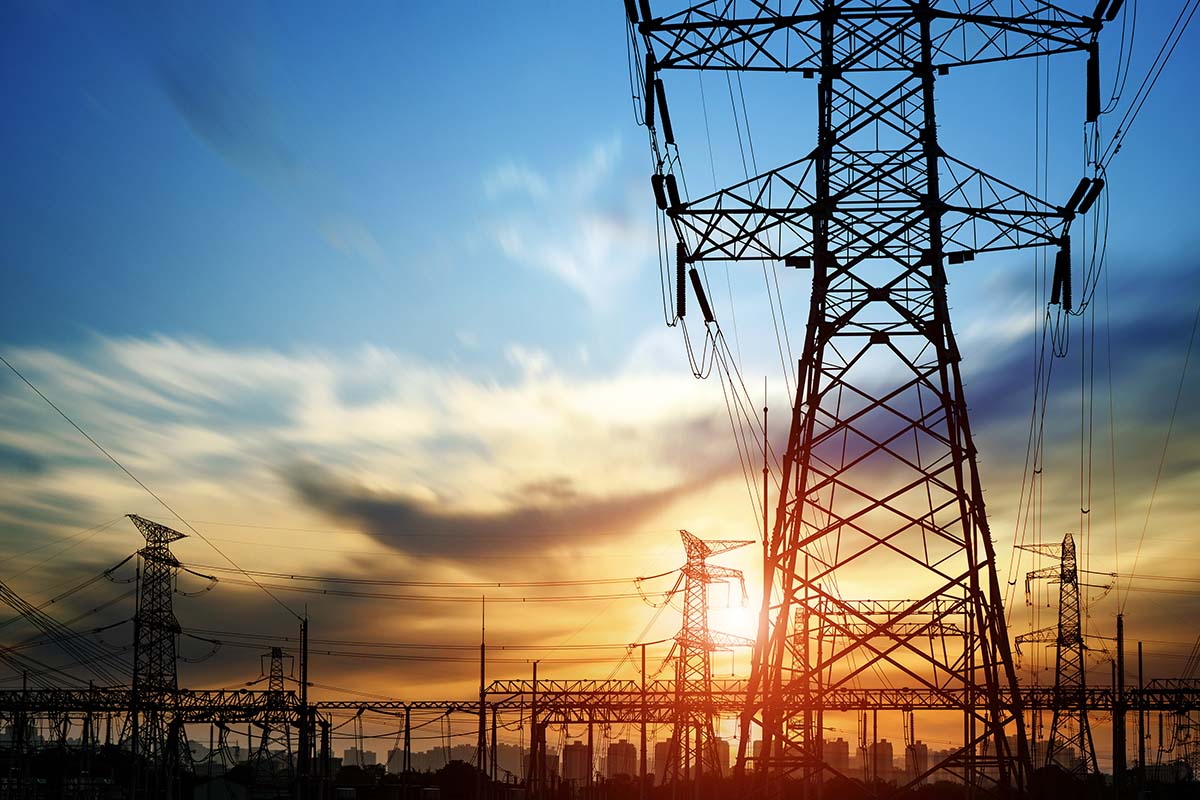The Crucial Role of Overhead Power Construction in Building Reliable Electrical Infrastructure
Have you ever stopped to think about the intricate web of electrical lines that crisscross above us, silently powering our modern lives? Most of us take electricity for granted, flipping switches and plugging in devices without a second thought.
But behind every flicker of light and hum of machinery lies a complex and vital system – overhead power construction, that has been put in place by companies such as GNB Energy. Such companies are essential for providing power and telecommunications across the region.
This blog post will delve into the often-underappreciated world of overhead power construction and explore its crucial role in building and maintaining reliable electrical infrastructure.
The Overhead Power Construction Ballet
Imagine a ballet in the sky, where utility workers gracefully ascend towering poles with safety harnesses and hard hats, their nimble hands deftly connecting high-voltage cables. This aerial dance manifests the incredible skill and precision required in overhead power construction. These unsung heroes are responsible for weaving the invisible threads of electricity that power our homes, businesses, and industries.
A Network Above Our Heads
Overhead power construction involves installing, maintaining, and repairing electrical lines and equipment above ground. These power lines run alongside roads, neighborhoods, and vast landscapes. They connect power generation facilities, substations, and distribution points to deliver electricity where it’s needed most.
But why overhead, you might ask? While underground power distribution is typical in urban areas, overhead lines remain essential for several reasons. They are often more cost-effective to install and maintain, offer greater ease of repair access, and are less susceptible to flooding. Moreover, overhead lines can span vast distances with fewer voltage drop issues, making them indispensable for rural areas.
Building the Backbone of Electrical Infrastructure
To understand the importance of overhead power construction, we must recognize its role as the backbone of electrical infrastructure. Like the circulatory system in our bodies, electrical lines serve as the arteries and veins of our power distribution network. These lines transport electricity from power plants to transformers, homes, and businesses.
Without a robust overhead power construction network, our electrical infrastructure would be akin to a frail and unreliable circulatory system, prone to disruptions and failures. The skilled workers who dedicate their careers to this craft ensure that the lights stay on, factories keep running, and hospitals remain operational.
The Art of Grid Resilience
Reliability is a cornerstone of any electrical infrastructure, and overhead power construction is pivotal in achieving it. Underground lines may not be the most resilient choice in regions prone to extreme weather, such as hurricanes, tornadoes, or heavy snowfall. When constructed and maintained with meticulous care, overhead lines can withstand the harshest conditions nature throws their way.
Utility companies invest heavily in technologies like sturdy pylons, high-quality conductors, and advanced insulators to fortify their overhead power construction. The result is an electrical grid that can weather the storm quite literally and minimize downtime during extreme events.
Bridging the Rural-Urban Divide
Overhead power construction bridges the gap between rural and urban areas, ensuring that electricity reaches even the world’s remotest corners. In rural regions, where population density is lower, overhead lines offer an efficient and economical means of electrification. Without this, rural communities might remain in the dark, cut off from the benefits of modern life.
Consider, for instance, the small farming communities that rely on electric irrigation systems to water their crops or the isolated homes that depend on electricity for heating during harsh winters. Overhead power lines are often the lifeline for these areas, connecting them to the grid and enabling progress.
Embracing Technological Advancements
The field of overhead power construction is not stagnant; it evolves with the times. As we move towards a greener and more sustainable future, there is a growing need to integrate renewable energy sources into the electrical grid. This requires adapting and expanding the existing overhead infrastructure to accommodate solar and wind farms.
Moreover, technological advancements like smart grids, which allow for real-time monitoring and control of electrical distribution, rely heavily on a robust overhead power construction network. These innovations enhance efficiency, reduce energy wastage, and increase grid reliability, making our electrical systems more sustainable and eco-friendly.
Conclusion
Next time you see those intricate webs of power lines above you, pause to appreciate their extraordinary role in our lives. Overhead power construction is not just about wires and poles; it’s about building the foundation of reliable electrical infrastructure. It’s about connecting communities, powering industries, and driving progress.
The skilled workers who engage in this aerial ballet deserve our admiration and respect. They brave the elements, work at dizzying heights, and ensure that electricity, the lifeblood of our modern society, flows seamlessly into our homes and businesses. Without their dedication and expertise, the world as we know it would come to a standstill.
So, let’s acknowledge the vital role of overhead power construction and the unsung heroes who make it all possible. It’s time we shine a light on the remarkable work happening high above us, ensuring that our world remains electrified, connected, and ever-advancing.



















